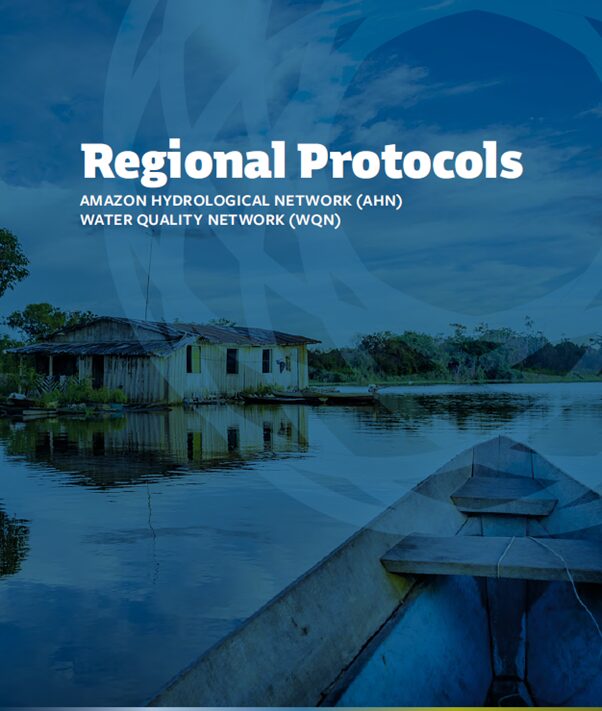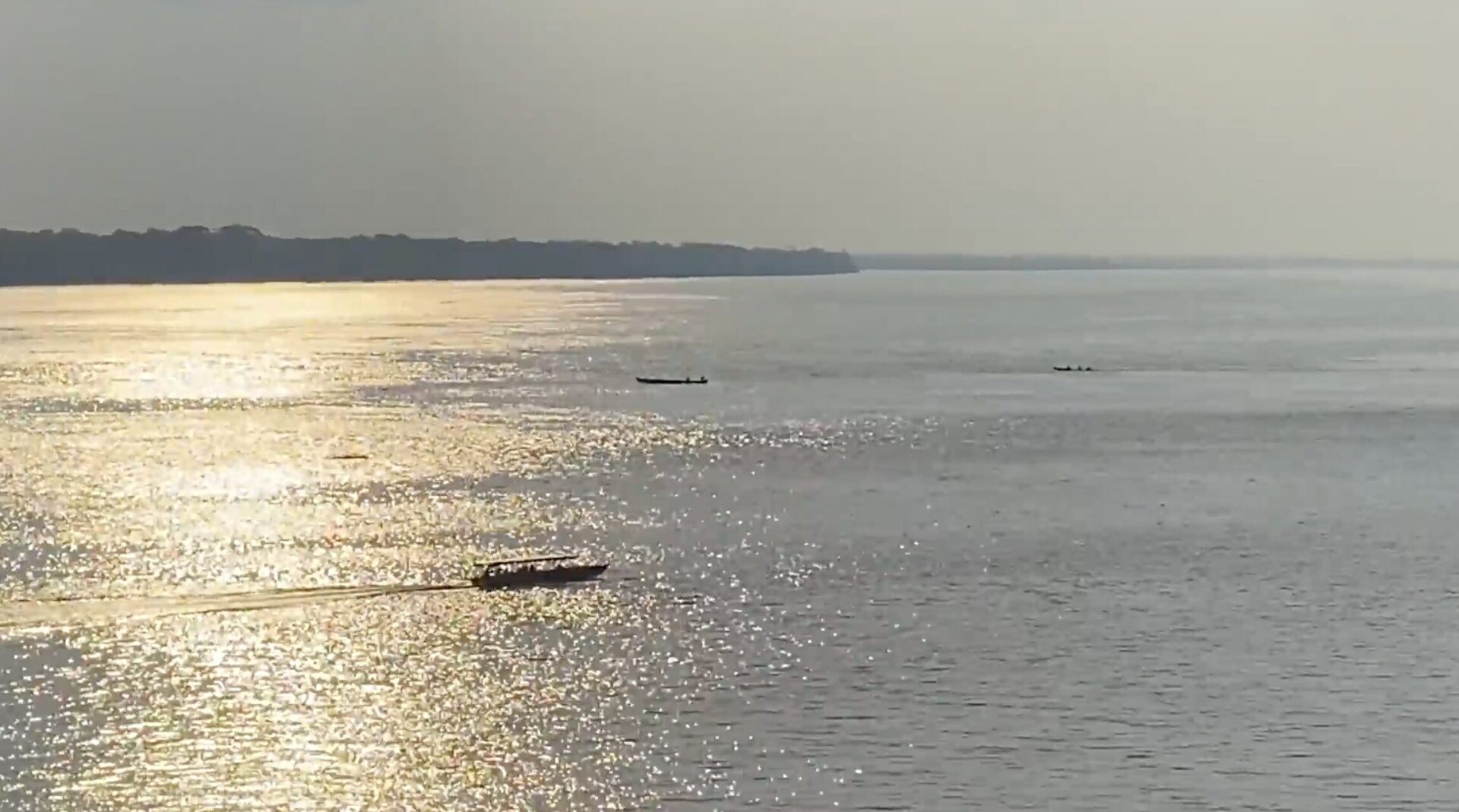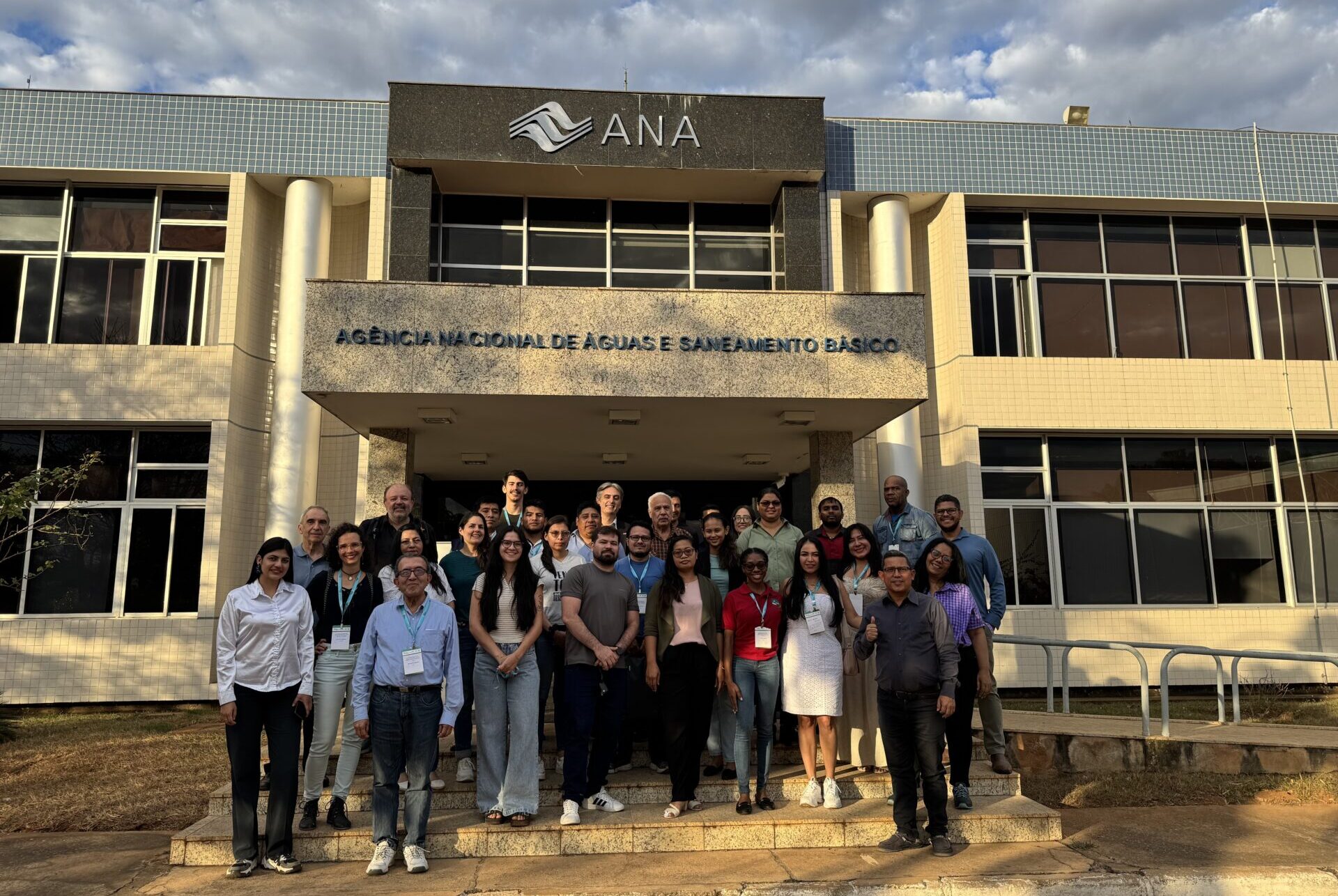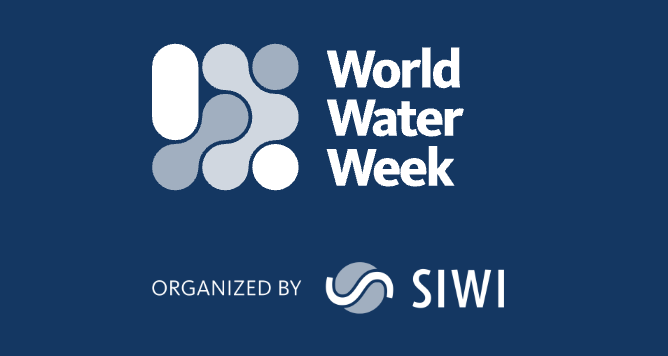Approved by the Amazon Network of Water Authorities (RADA) at its Third Meeting in April 2025, the four Regional Water Monitoring Protocols represent a milestone for shared water resource management in the region. Developed in collaboration within the framework of the Amazon Project (OTCA/ANA/ABC), and subsequently consolidated and approved by the RADA in a process carried out in the context of the Amazon Basin Project (ACTO/UNEP/GEF), the documents establish a common technical basis among ACTO Member Countries and strengthen regional cooperation for reliable, standardized, and transparent monitoring of the basin’s waters.

The protocols cover all phases of the monitoring process—from the modernization and operation of stations to field collection, data processing, and publication—and consolidate unified parameters that ensure the comparability, quality, and reliability of hydrological and water quality information. This standardization is essential for the coordinated functioning of the Amazon Hydrological Network (AHN) and the Water Quality Network (WQN), which operate within the Amazon Regional Observatory (ARO).
The process of reviewing and consolidating the protocols was led by the RADA Technical Support Panel (STP) in a series of six virtual meetings between November 2024 and March 2025, with the direct participation of technical representatives from the eight Amazonian countries. The adoption of the protocols confirms the collective commitment to integrated management that respects national sovereignty and is guided by evidence.
Modernization and expansion of monitoring: reliable and integrated stations
The first protocol establishes guidelines for the adaptation, installation, and operation of monitoring stations in the AHN and WQN. It guides the technological modernization of existing stations and the installation of new units, using automatic sensors, telemetry, and a standardized structure. Criteria are defined for site selection, equipment installation, physical security of units, and continuity of operation for at least one hydrological year.
This protocol also assesses previous field studies, the use of hydromorphological data, and cooperation between countries to install stations in transboundary areas, promoting an integrated and effective technical network for monitoring flow, water quality, and sediments.
Field data quality: secure and traceable collection
The second protocol harmonizes field sampling and analysis procedures to ensure data reliability and integrity. It includes equipment preparation and calibration, observation of the sampling point, use of good field quality control practices, and application of rigorous chains of custody.
The standardized approach allows data generated by different countries to be compatible and comparable, strengthening the regional knowledge base on Amazonian water quality and the integration between hydrological (AHN) and physicochemical (WQN) data.
Transparency and accessibility: publishing data as a regional public good
The third protocol defines the technical guidelines for processing, storing, and publishing the data generated by the networks. Focused on quality and transparency, the document establishes clear steps for primary and secondary verification, the use of international standards, digital security, and public availability on accessible and organized platforms.
The aim is to democratize access to information, encourage its use by managers, researchers, and civil society, and promote water management based on consistent, auditable, and integrated data.
Data governance: shared responsibilities and flows
The fourth protocol defines the flows of responsibility between Member Countries and the ACTO Permanent Secretariat, based on monthly and annual work cycles. Each country is responsible for the collection, initial processing, and national publication of data; ACTO centralizes, organizes, and disseminates the consolidated information, providing periodic technical information.
This arrangement promotes the regional coordination of national monitoring systems, based on international standards such as those of the WMO, and strengthens the role of RADA as a technical reference point for the shared management of Amazonian waters.
Related news
Post
16 de September de 2025
The Amazon Basin Project has launched an educational video that will be used in community workshops to raise awareness about [...]
Post
8 de September de 2025
The Amazon Basin Project (ACTA/UNEP/GEF) promoted the Regional Course on Space Hydrology: Monitoring river levels and sediment flows by satellite, [...]
Post
28 de August de 2025
The Amazon Basin Project participated in two important panels during World Water Week, held in Stockholm from August 24 to [...]




